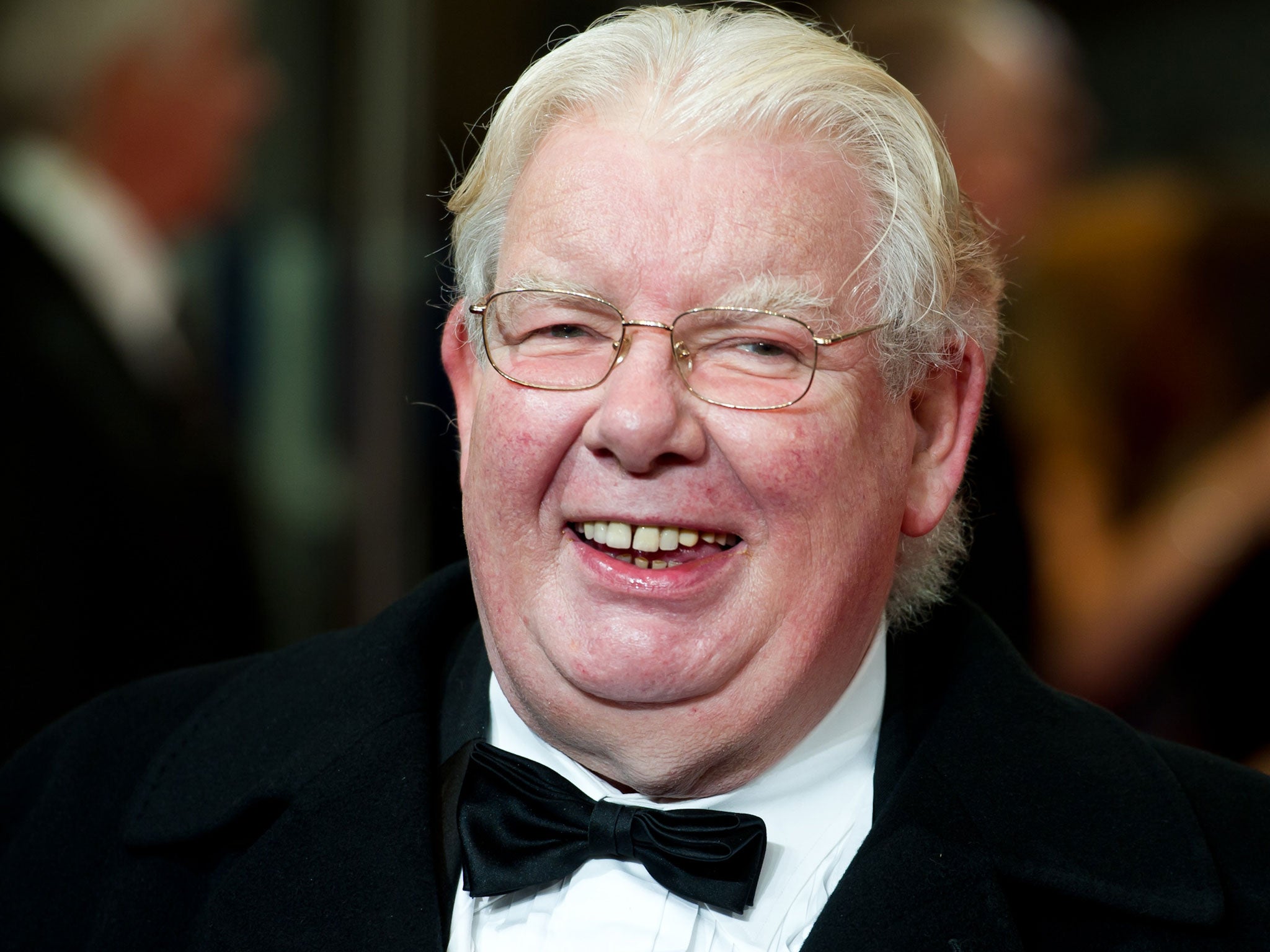Death – still with us, but further away than ever
It's as if the Queen's demise is so awful to contemplate that it can't be mentioned

When the death of the actor Richard Griffiths was announced last week, tributes from friends and colleagues were heartfelt. Griffiths was 65, which isn't old in modern terms, and his death from complications after heart surgery was unexpected. That much was evident from the shocked reaction of actors who had worked with him, some of them on very recent projects as well as the cult film Withnail & I. With the retirement age for both sexes set to rise to 66, Griffiths hadn't even reached the end of his working life, and the sense of loss was palpable.
Earlier in the week, in another continent, a much older man was admitted to hospital with a lung infection. The former South African president Nelson Mandela is 94 and clearly in the final phase of his life, which made the current president's response all the more puzzling. Jacob Zuma asked South Africans to pray for Mandela, as though his death might be avoided through divine intercession, and added that they "must not panic". Panic is usually a response to an unexpected event and it's hard to see how anyone in South Africa, no matter how devoted to Mandela, could be unprepared for his demise.
If there is an element of denial in the public attitude to Mandela's closeness to death, it is not exclusive to South Africa. Profiles of the Queen, 87 this year, stress her good health and the longevity of her ancestors, notably Queen Victoria. It's as if her demise is so awful to contemplate that it can't be mentioned, so we are treated to endless upbeat announcements whenever she or her even older spouse needs hospital treatment. "Prince Philip joked with nurses last night" is how royal correspondents conceal anxiety about the fact that he is 91 and won't be around for ever.
There's probably never been a time when it's so hard to talk about death. Better health and increased life expectancy mean we don't grow up with the bereavements familiar in the 19th century; Queen Victoria's husband, Prince Albert, died at the age of 42, leaving her a widow for almost 40 years. These days, most of us are too young to remember the Second World War, when whole areas of British cities were erased overnight; there were thousands of civilian casualties. And while the Victorians' belief in an afterlife doesn't seem to have been much of a consolation to those who lost children or spouses, even fewer of us believe in it now.
So perhaps it isn't so surprising that public discourse about death is characterised by avoidance. When Princess Diana died, I was shocked to hear people telling their children that she was "in heaven" or "with the angels" – another example of how hard we find sudden death.
The subject is brought into focus by the British Museum's exhibition of artefacts from Pompeii and Herculaneum, which opened last week. It includes everything from a baby's cradle to plaster casts of men, women and children who died in the eruption of Vesuvius in AD79. The disaster preserved the cities in ash and pumice, allowing future generations to observe everyday life in minute detail once the sites began to be excavated in the 18th century.
The juxtaposition is troubling: frescoes which could have been painted last week, election announcements, even sexually explicit graffiti, were all preserved at the very moment that the remaining inhabitants – many had been evacuated – lost their lives.
When the volcano erupted, the natural philosopher Pliny the Elder had just finished lunch in his villa and was working on his books. Pliny was commander of the Roman fleet stationed in the Bay of Naples and he set sail on a rescue mission, hoping to save a friend who lived close to the volcano. He reached his friend's house but "the buildings were now shaking with violent shocks, and seemed to be swaying to and fro, as if they were torn from their foundations", his nephew wrote later. Pliny returned to his ship, realised it was impossible to escape because the sea was too rough and sat down calmly, asking for water. When the flames and sulphurous fumes got closer, he tried to stand but collapsed and died, probably from a heart attack.
This is the horrifying reality behind those eerily well-preserved Roman cities. If we're willing to hear it, it's the story behind simple domestic objects from Pompeii, many of them in use almost as their owners perished, offering a vivid reminder of the closeness of life and death. That's what we're reluctant to acknowledge all these centuries later, despite our vastly greater scientific knowledge, unless we're forced to by accident, illness or by having relatives in the armed forces. Every British casualty in Afghanistan is mentioned in news headlines, signalling a tragedy for the family concerned, but it's only possible because so few soldiers die in combat compared with the conflicts of the first half of the 20th century.
Safety has made us squeamish and unrealistic. Death now happens in movies, computer games or faraway countries, while the reality is pushed out of sight and avoided in polite conversation. Life is much longer these days but it isn't infinite, not even for heads of state.
Join our commenting forum
Join thought-provoking conversations, follow other Independent readers and see their replies
Comments
Bookmark popover
Removed from bookmarks